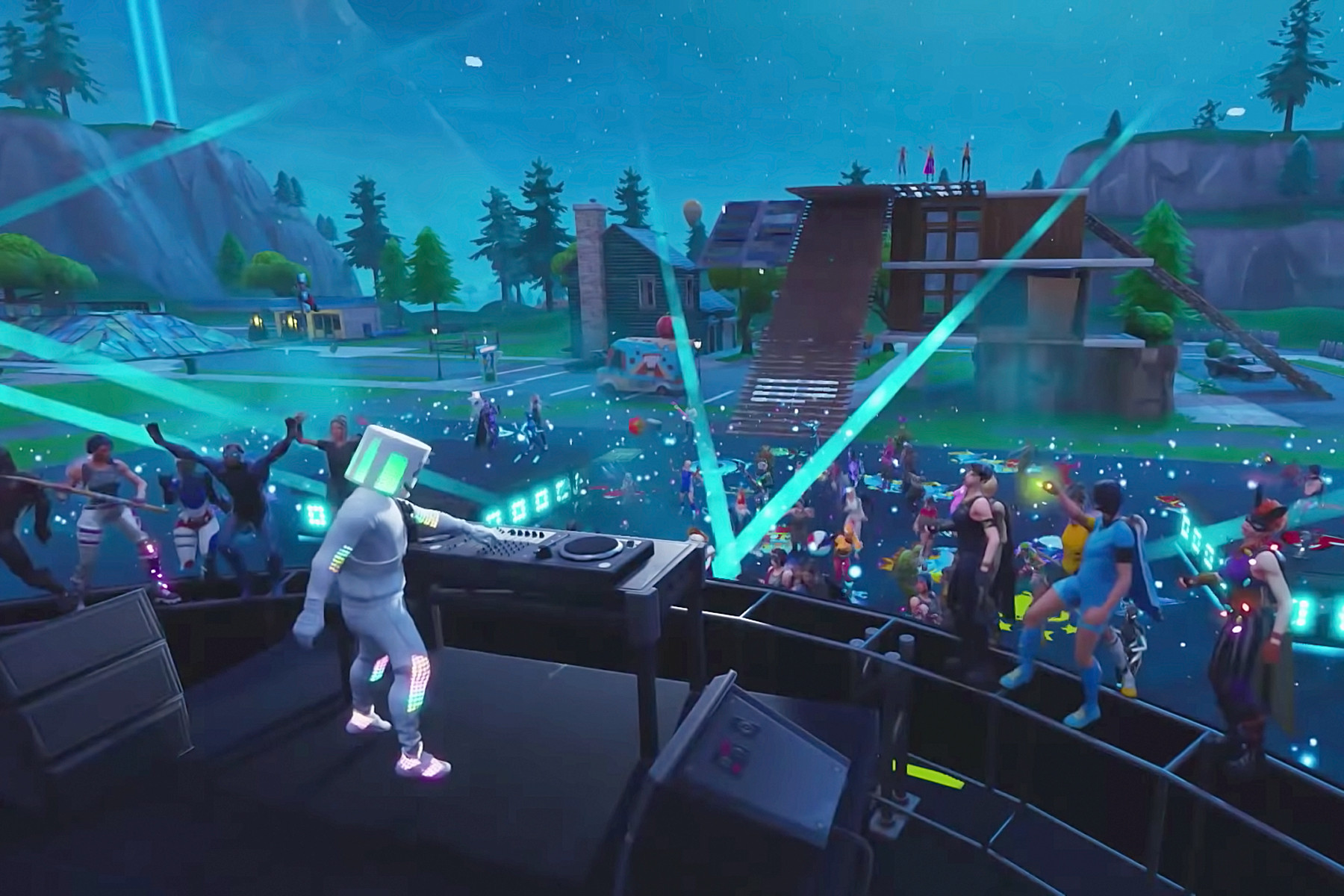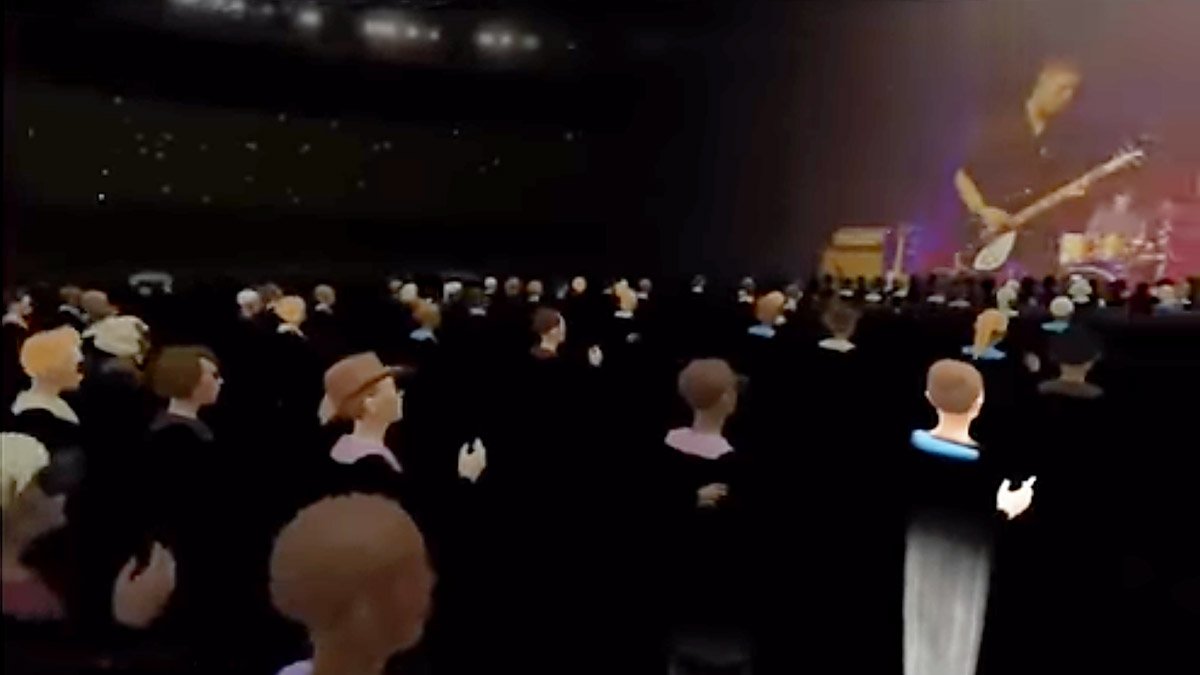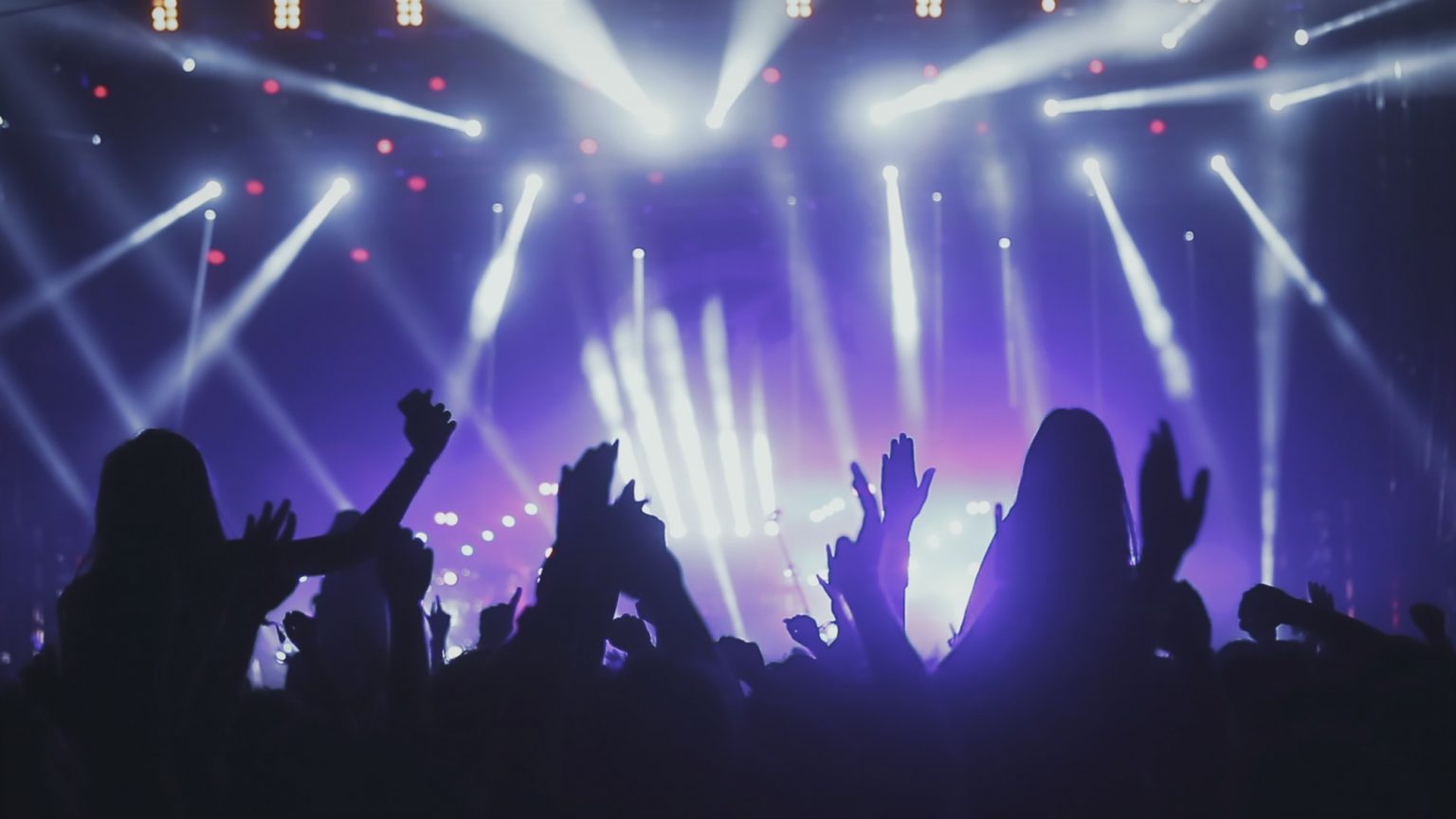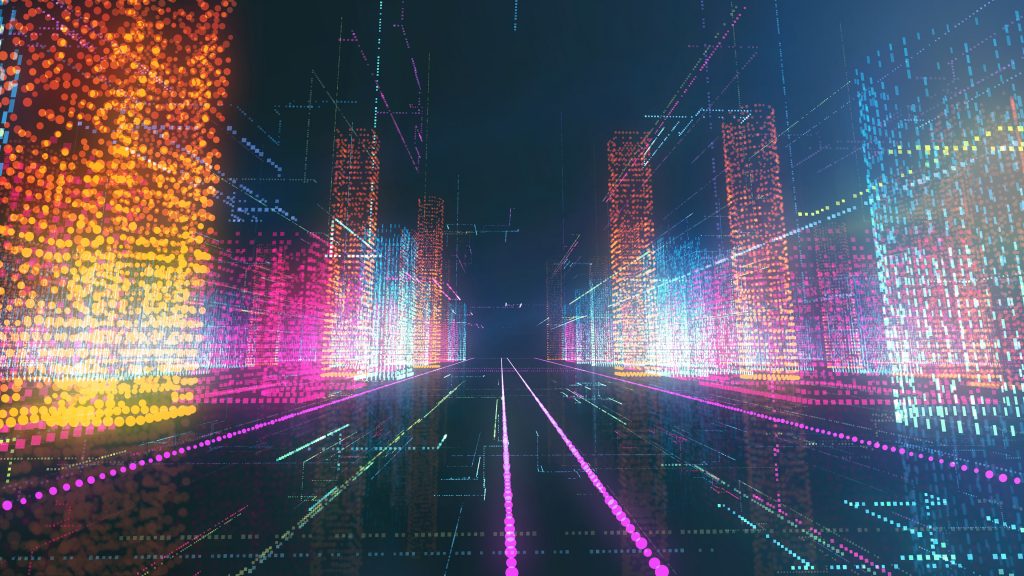Last year, DJ Marshmello achieved a marketer’s dream, when millions of fans showed up in online video game Fortnite, where he played two virtual sets.

The DJ’s in-game appearance attracted record numbers of people playing/watching at the same time. Epic Games, makers of Fortnite, confirmed that the event attracted a peak concurrent user count of 10.7 million. To put some context around that number, according to the Guinness World Records, Rod Stewart’s 1994 show in Copacabana Beach is the highest-attended free concert with an estimated 3.5 million audience.
Technology is taking music in different directions and opening it up to new audiences. Music magazine, Rolling Stone, has predicted that MR, VR, and holograms will all continue to add an extra dimension to concerts this year.
Here are just a few companies and artists leading in this space.
MelodyVR
With partnerships with major record labels, publishers, artists, venues, and festivals, MelodyVR delivers exclusive virtual reality music experiences and original content to music fans. Content is distributed and monetized via the MelodyVR platform. The company has worked with hundreds of globally recognized international recording artists and holds the world’s largest library of original virtual reality content.
The app is free to download and has plenty of complimentary content to enjoy. Individual songs, shows, originals, and live performances are available to buy within the app. MelodyVR is available on Oculus Go, Oculus Quest, Samsung Gear VR, and Mobile, so it’s really simple to access and doesn’t require you to have a top of the range headset to enjoy the experience.
It was recently announced that MelodyVR is now valued at $288 million after it’s latest share-option exercise that saw broadway musical firm the John Gore Organisation expanding its investment to just under 8.4%. This follows the announcement in June 2019 that the two companies plan to bring Broadway theatre content to VR headsets in a joint venture.
Anthony Matchett, CEO of MelodyVR commented on the venture, “At the core of MelodyVR, is our vision of connecting fans with unobtainable experiences, in new and immersive ways. Musical theatre is a natural evolution in our journey.”
John Gore, owner and CEO of the John Gore Organization, added, “Using VR technology is just one more way to deliver Broadway to fans around the globe, especially when the live experience of Broadway and touring Broadway is beyond their reach.”
NextVR
NextVR is another huge name in the VR entertainment industry, offering exclusive access to sports events, comedy shows, and concerts through its app which can be used on almost all headsets. Back in 2017, NextVR partnered with live entertainment giant LiveNation to bring an “unprecedented concert experience” to music fans everywhere.
In addition to the main event, fans can get exclusive backstage access that follows the hottest artists as they take the stage, including Imagine Dragons, A$AP Ferg and Damien Marley.
Speaking on the partnership, Kevin Chernett, Executive Vice President at LiveNation, said, “VR has the ability to deepen the fans relationship with the artist while providing access to fans around the world to experience the energy of live when they can’t physically be there.”
While the app isn’t dedicated solely to music performances like MelodyVR, it is a market leader in virtual live entertainment. It will be interesting to see which music events come to the platform this year.
Oculus Venues
Facebook introduced Oculus Venues in 2018 as a way to enjoy live performances in VR with friends and other fans. Now available on Oculus Quest, Venues has seen a wide range of A-list artists use the platform to bring the concert experience to the virtual space including Post Malone, Tenacious D and Billie Eilish.
When you tune into an Oculus Venues event you find yourself in a virtual arena with hundreds of other Oculus users, all with their own avatars. The best part is you can interact and talk with them, just as you would in real life. Sitting in the stadium-style seats, you are presented with a 180-degree view of the concert that shows different camera angles: from being on stage with the performer to taking in the whole view from the ‘nosebleeds’.

Artists Pushing Boundaries
While many artists are now utilizing the power of immersive technology to connect with their audiences, Björk pioneered this form of performance with the release of Stonemilker back in 2015.
Shot on location in Iceland by award-winning director Andrew Huang, Stonemilker presents Björk in a 360-degree film with immersive sound, performing to a special string arrangement of the haunting first track from her global hit record, Vulnicura.
Since then, many artists including Eminem, Marshmello, Muse, and Avicii have utilized 360-degree video to enhance fan engagement.
Just last week, UK phone network EE teamed up with multi-platinum selling British band, Bastille, to promote the power of 5G through a TV advert that shows commuters in London, Liverpool, and Edinburgh experiencing Bastille’s gig at Birmingham’s New Street station in real-time.
Commuters pick up a 5G enabled phone or a pair of Nreal glasses and view the live performance through AR, as well as CGI elements superimposed over the video to create an immersive experience.
Dan Smith, lead singer of Bastille, said, “Knowing our performance in Birmingham was being enhanced by augmented reality and streamed over EE’s 5G network to fans all over the U.K. made for a really fun and unique experience. It’s exciting, as a band, to try and push the boundaries of live performance and to experiment with interesting new technologies to create something different”.
Global adoption of VR hardware is accelerating following the 2019 release of “standalone” headset Oculus Quest. This, coupled with major technology players continuing to innovate and compete for market share, indicates that 2020 is going to be a standout year for music and immersive tech.
This piece originally appeared on Forbes.com




